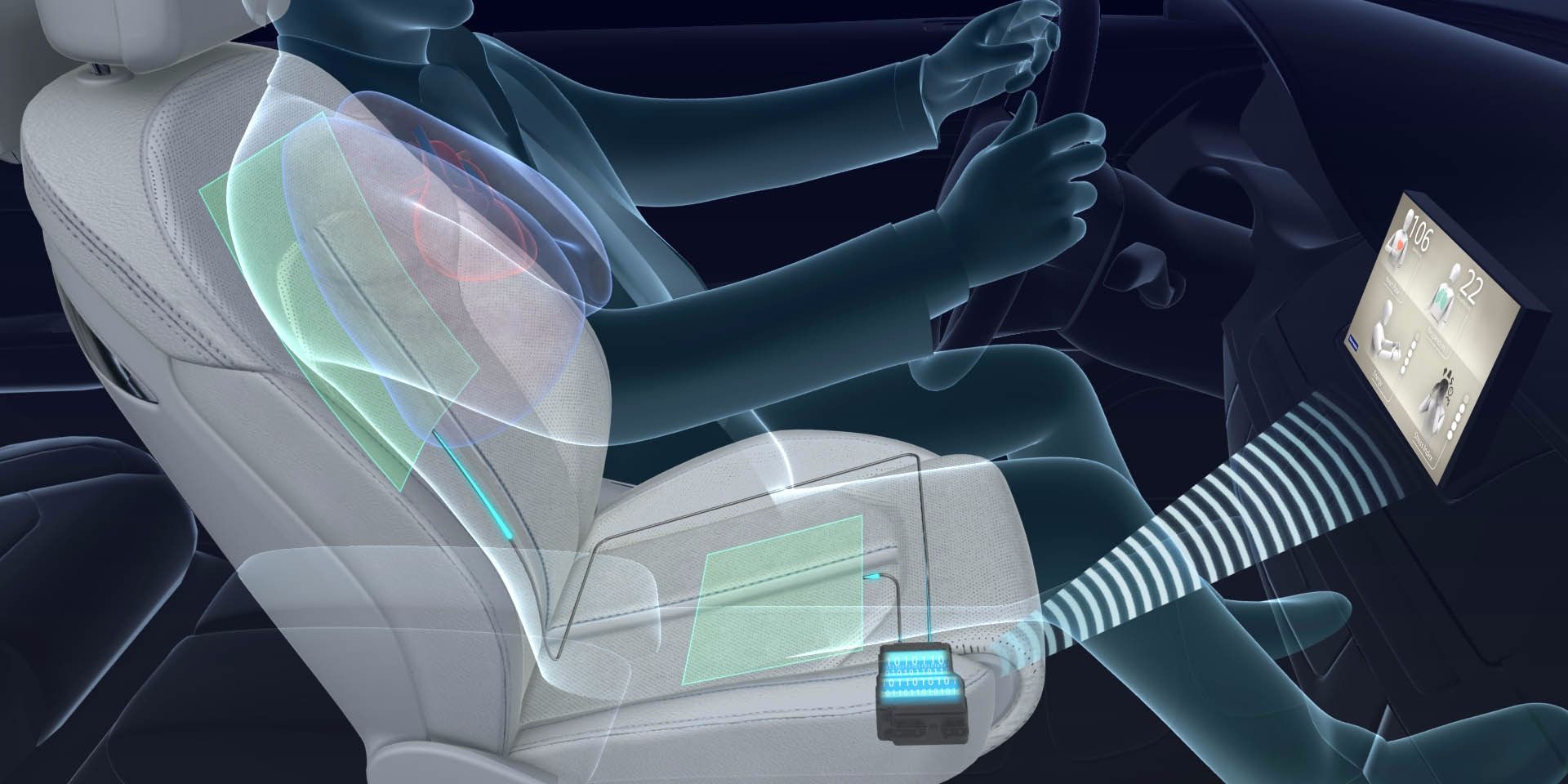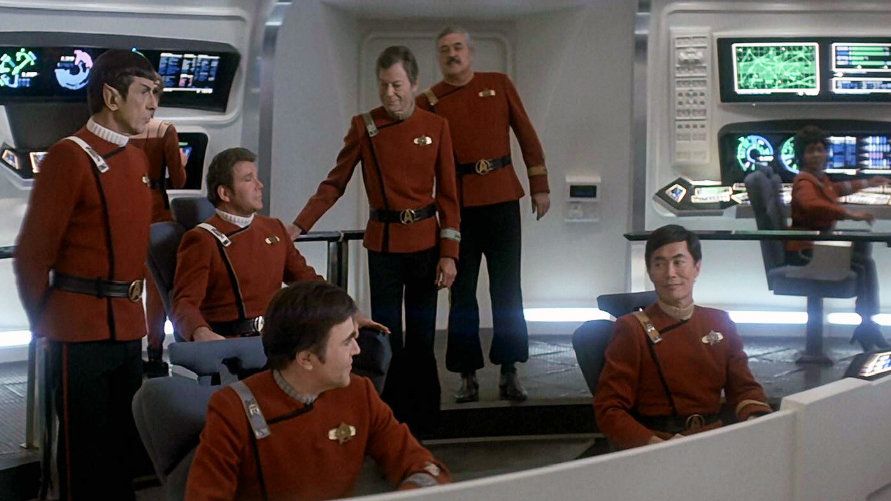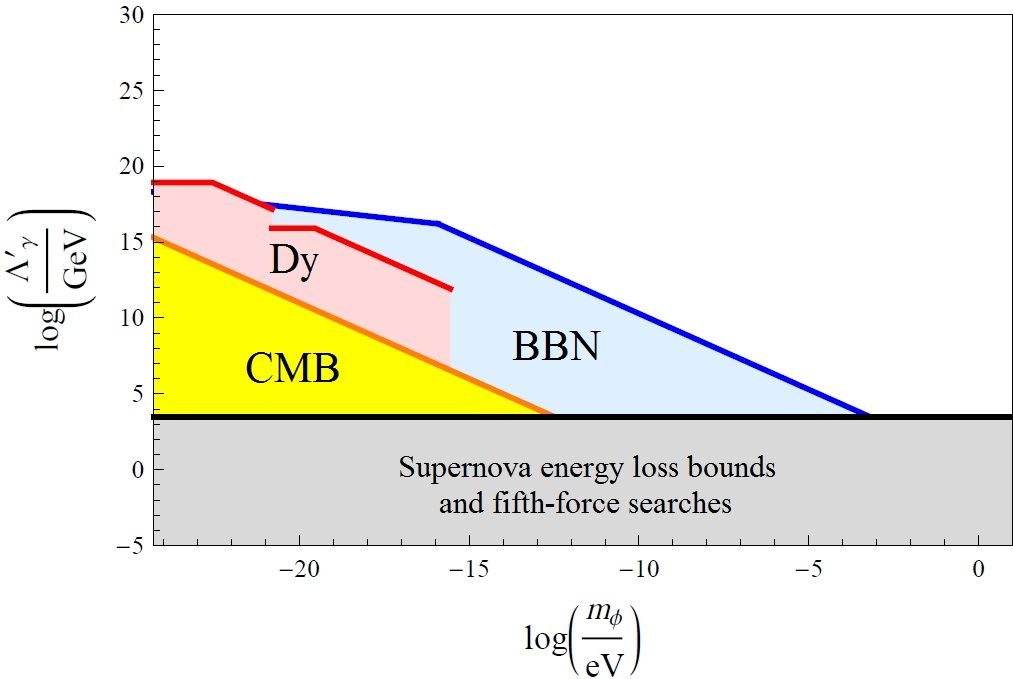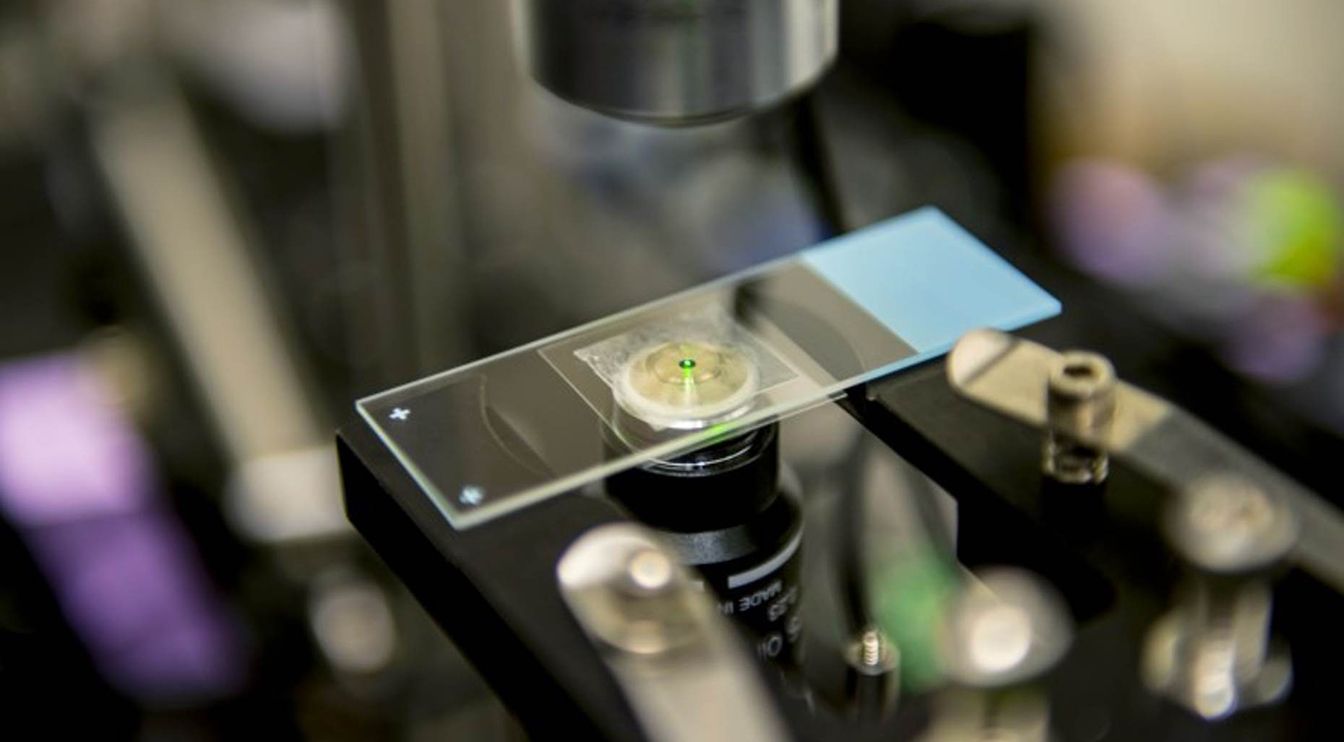Page 11604
Nov 20, 2015
This high-tech car seat will detect your stress level and give you a massage
Posted by Shailesh Prasad in categories: robotics/AI, transportation
Nov 20, 2015
Survival of the richest: how London’s super-rich are trying to buy immortality
Posted by Shailesh Prasad in categories: biotech/medical, business, health, life extension
You’ve got the Lamborghini and the Learjet, the houses and quite possibly the palaces; Erdem designs your dresses and you’ve got heaps of diamonds. What next? Well, adornment can only take you so far: what good is that Lech heli-skiing pad when your knees are shot? What’s the point in building a multibillion-pound business when you’re unwittingly courting a heart attack? As technology evolves ever more rapidly, ultra high net worth individuals are turning their attention inward, investigating how to stall the ageing process, and spending serious money to load their dice against death.
Across the road from Harrods sits Omniya clinic, a calm, contemporary white space amid the hustle of Knightsbridge. At street level it is a luxuriously reimagined pharmacy, whose curated selection includes recent launches from Hollywood’s favourite ‘cosmeceutical’ brands Zo Skin Health and Dr Levy. ‘I wanted to create a place that brings the newest advancements in medical and regenerative health to London,’ says co-founder Danyal Kader, a former lawyer, radiant with bien-être. He was so depressed by the difficulty of finding the best medical treatment for his father, who suffers from a heart condition, that he decided to create his own one-stop conduit to wellness. ‘We optimise the lives our clients can lead, body, mind and soul.’ To this end, he has brought together a team of leading specialists who analyse the health of their clients in the most minute and sophisticated detail — a kind of space-age human MOT.
One of these is cellular ageing specialist Dr Mark Bonar. As his title suggests, Bonar is passionate about the very specific degradations that happen in the cells of the body as we age — and still more excited about the new ways he can use to slow such deterioration. Consider, for example, telomeres. ‘Telomeres are the caps on the ends of our DNA,’ Bonar explains. ‘A bit like the plastic on the end of a shoe lace, they prevent the ends from fraying. By measuring their length in the lab we can determine how well the body is ageing’ — for instance, if at 30, you show the wear and tear you’d expect in a 40-year-old. ‘The length can also inform you about your risk of various kinds of disease such as breast or bowel cancer.’
Nov 20, 2015
Supercomputing the strange difference between matter and antimatter
Posted by Shailesh Prasad in categories: particle physics, supercomputing
An international team of physicists including theorists from the U.S. Department of Energy’s (DOE) Brookhaven National Laboratory has published the first calculation of direct “CP” symmetry violation—how the behavior of subatomic particles (in this case, the decay of kaons) differs when matter is swapped out for antimatter. Should the prediction represented by this calculation not match experimental results, it would be conclusive evidence of new, unknown phenomena that lie outside of the Standard Model—physicists’ present understanding of the fundamental particles and the forces between them.
The current result—reported in the November 20 issue of Physical Review Letters —does not yet indicate such a difference between experiment and theory, but scientists expect the precision of the calculation to improve dramatically now that they’ve proven they can tackle the task. With increasing precision, such a difference—and new physics—might still emerge.
“This so called ‘direct’ symmetry violation is a tiny effect, showing up in just a few particle decays in a million,” said Brookhaven physicist Taku Izubuchi, a member of the team performing the calculation. Results from the first, less difficult part of this calculation were reported by the same group in 2012. However, it is only now, with completion of the second part of this calculation—which was hundreds of times more difficult than the first—that a comparison with the measured size of direct CP violation can be made. This final part of the calculation required more than 200 million core processing hours on supercomputers, “and would have required two thousand years using a laptop,” Izubuchi said.
Nov 20, 2015
The Original Star Trek is Still Driving Innovation at Apple and Google
Posted by Shailesh Prasad in categories: computing, innovation
Nov 20, 2015
New detector perfect for asteroid mining
Posted by Klaus Baldauf in categories: physics, space
“The opportunity to be involved in such a project as a graduate student is an amazing opportunity,” said Anna Egner, who is leading the team’s effort to build a mock-up of the spectroscope for an actual payload package. “Having always been enchanted and intrigued by physics and astronomy, working on an instrument that might one day fly into space is awesomely exciting.”
The first commercial missions to nearby asteroids could launch as early as 2020, but it will be decades before asteroid mining begins in earnest. In the meantime, the new spectroscopic technology promises to provide planetary scientists with new details about the chemical composition of the asteroids, comets, moons and minor planets in the solar system: information that is certain to improve our understanding of how the solar system formed. In addition, it could become an important tool in the planetary defense arsenal because it can determine whether objects crossing Earth’s orbit are made from rock or ice.
Media Inquiries: David Salisbury, (615) 322-NEWS [email protected]
Nov 20, 2015
Can We Test Dark Energy Using The Solar System?
Posted by Andreas Matt in category: space
On the largest scales, it’s responsible for driving galaxies and clusters of galaxies apart. But could it affect us in a way we could measure at home?
Nov 19, 2015
Dark matter might cause fundamental constants to change over time
Posted by Andreas Matt in categories: cosmology, particle physics
(Phys.org)—The fundamental constants of nature—such as the speed of light, Planck’s constant, and Newton’s gravitational constant—are thought to be constant in time, as their name suggests. But scientists have questioned this assumption as far back as 1937, when Paul Dirac hypothesized that Newton’s gravitational constant might decrease over time.
Now in a new paper published in Physical Review Letters, Yevgeny V. Stadnik and Victor V. Flambaum at the University of New South Wales in Sydney, Australia, have theoretically shown that dark matter can cause the fundamental constants of nature to slowly evolve as well as oscillate due to oscillations in the dark matter field. This idea requires that the weakly interacting dark matter particles be able to interact a small amount with standard model particles, which the scientists show is possible.
In their paper, the scientists considered a model in which dark matter is made of weakly interacting, low-mass particles. In the early Universe, according to the model, large numbers of such dark matter particles formed an oscillating field. Because these particles interact so weakly with standard model particles, they could have survived for billions of years and still exist today, forming what we know as dark matter.
Nov 19, 2015
Fintech from the World’s Financial Capital — London — By Andreessen Horowitz | SoundCloud
Posted by Odette Bohr Dienel in category: finance
Nov 19, 2015
Laser ‘freeze ray’ could change cooling biology labs, computer processors
Posted by Shailesh Prasad in category: computing
Laser cooling isn’t a new idea, but this is the first time it’s actually worked in real-world conditions.

















